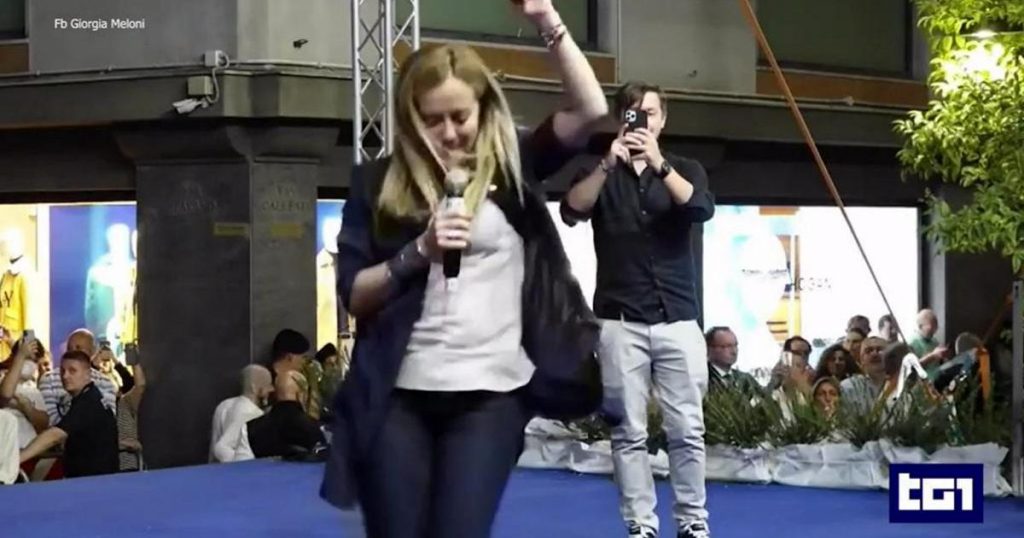The leader of the Democratic Party dances on a float at the Gay Pride parade and the Prime Minister catches her in Puglia during the G7, but in the past and present, many international leaders have been known to dance as well. Dancing has been a common practice among leaders during various events and celebrations, demonstrating a sense of connection and unity with the people they represent. The act of dancing can serve as a way to show support for certain causes or groups, as seen with the Democratic Party leader participating in the Gay Pride parade. It can also be a way for leaders to connect with their constituents on a more personal level, breaking down barriers and creating a sense of community.
Historically, dancing has been a way for leaders to showcase their cultural heritage and traditions, as well as to express joy and celebrate important occasions. Many world leaders have been seen dancing at cultural events and festivals, demonstrating a sense of pride in their heritage and a willingness to engage with the local community. This can help to strengthen relationships between leaders and their constituents, fostering a sense of mutual respect and understanding. By participating in traditional dances and festivities, leaders can show that they are in touch with the cultural values and customs of the people they govern.
In the modern era, dancing has become a popular way for leaders to connect with the younger generation and appeal to a broader audience. Social media platforms have made it easier for leaders to share their dance moves with the world, reaching a wider audience and creating a sense of accessibility and approachability. By participating in dance challenges and viral trends, leaders can show a more relatable and human side, breaking down the traditional barriers between authority figures and the general public. This can help to humanize leaders and make them more relatable to a younger demographic.
However, dancing as a political gesture is not without controversy. Some critics argue that leaders should focus on more pressing issues and policy decisions, rather than engaging in frivolous activities like dancing. Others view dancing as a way for leaders to distract from or gloss over more serious issues, using flashy performances to distract the public from their shortcomings. Despite these criticisms, dancing can also serve as a valuable tool for leaders to connect with their constituents and show their support for important causes. It can be a way to foster unity and solidarity among diverse groups, demonstrating that leaders are willing to engage with and support all members of their community.
Overall, dancing has played a significant role in shaping the image and perception of world leaders throughout history. From cultural celebrations to political events, dancing has been used as a way for leaders to connect with their constituents, showcase their heritage, and appeal to a broader audience. While dancing may not be a traditional part of a leader’s job description, it can serve as a powerful tool for building relationships, fostering unity, and promoting important causes. As seen with the Democratic Party leader participating in the Gay Pride parade and the Prime Minister dancing in Puglia, dancing can be a powerful expression of support and solidarity, uniting leaders and constituents in a shared celebration of diversity and inclusion.


